Testing within the primary roles of a food and beverage lab Food and beverage laboratory personnel tap into numerous scientific disciplines for the work they do. Among the various roles the food and beverage lab serves, disciplines such as biochemistry, biotechnology, chemical engineering, chemistry, fermentation science, materials science, microbiology, molecular…
FAQs About LIMS
You’ve explored the LabLynx website, but you still have some LIMS questions. To help you navigate our frequently asked questions page, just click on the links below to find the answers you need.
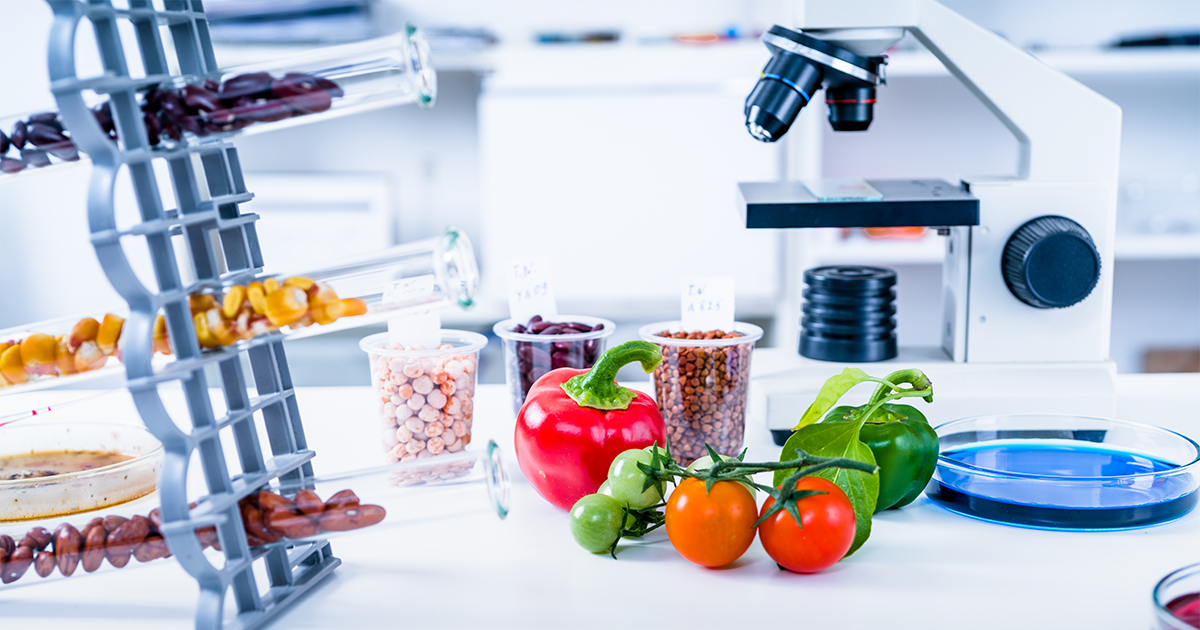

What is the importance of food safety laboratories to society?
History of food and beverage testing and regulation The history of laboratory-based food and beverage tasting is scattered, with little being documented about foodborne illness and food safety until the nineteenth century. However, with a better understanding of bacteria and their relationship to disease, more was being said about the…

What do Laboratory Accreditation for Analyses of Foods (LAAF) labs require from a LIMS?
Food and beverage labs and the LAAF program The Food Safety Modernization ACT (FSMA) was signed into law in January 2011, giving the U.S. Food and Drug Administration (FDA) broader authority to regulate how the country’s food supply is grown, harvested, and processed. The FSMA was amended in December 2021…

How can a LIMS assist food and beverage industry compliance with ISO 22000 and ISO/IEC 17025?
International food and beverage safety through regulatory-driven operational standardization When discussing the landscape of food and beverage safety and it regulation, it’s difficult not to mention standards like ISO 22000 and ISO/IEC 17025. Most competitive and well-established food and beverage companies will already be accredited to the ISO 22000:2018 standard,…
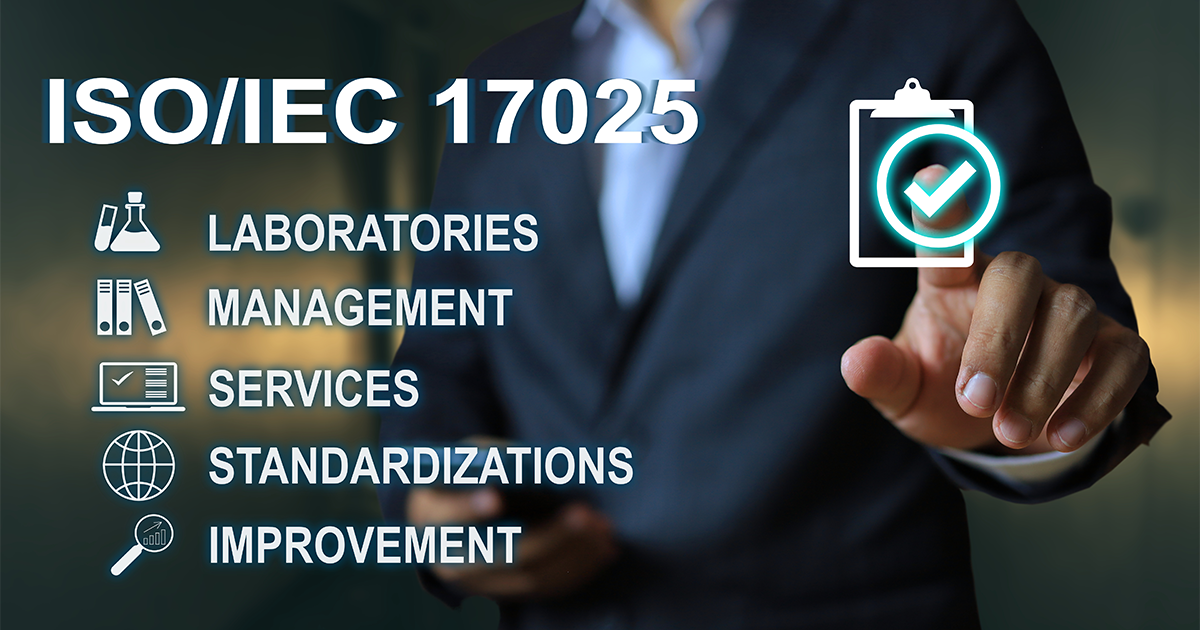
What are the key LIMS elements for ISO/IEC 17025 compliance?
LIMS and quality management In order to be most successful—while meeting the requirements of standards and regulatory pressures—a laboratory must focus on a culture of quality.[1] A quality management system (QMS) is one means for a laboratory to put additional focus on quality, and ISO/IEC 17025:2017—at least in spirit—promotes the adoption…

What is the importance of ISO/IEC 17025 to society?
ISO/IEC 17025: Supporting quality management in the lab ISO/IEC 17025:2017 General requirements for the competence of testing and calibration laboratories is an internationally recognized standard that places requirements on testing, calibration, and sampling laboratories to demonstrate “the competence, impartiality, and consistent operation” of their business activities.[1] At its core, the standard places a…
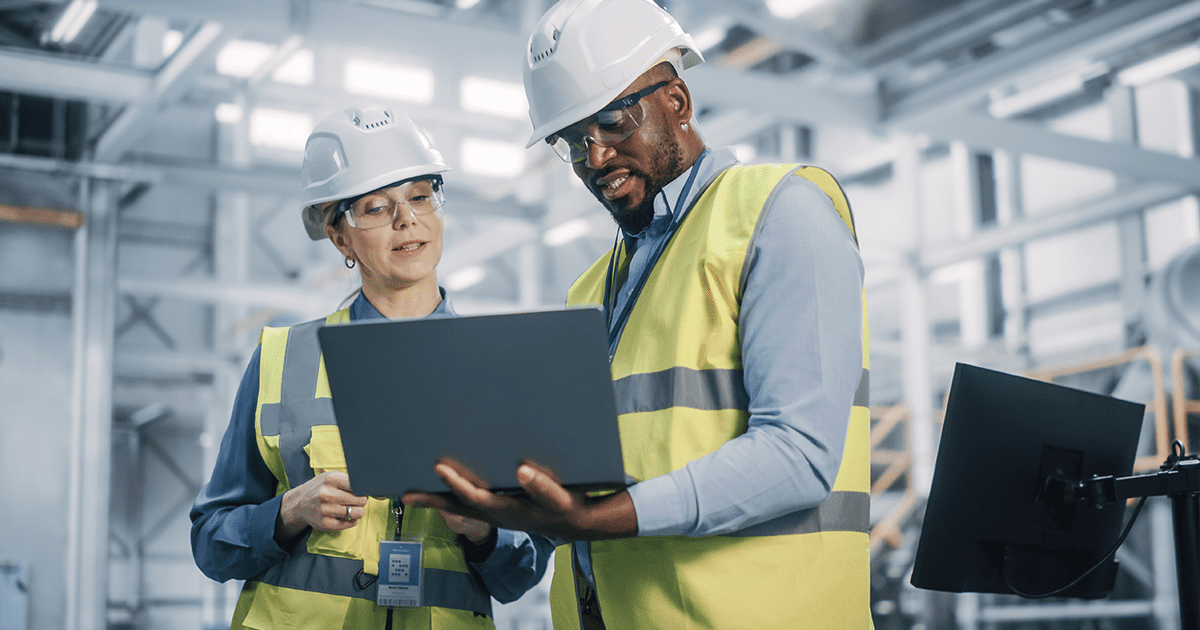
What are the LIMS key elements for construction & engineering?
Base LIMS requirements for construction and engineering labs Like many other industries dealing with large amounts of scientific data and a wide variety of test methods, construction and engineering laboratories often turn to laboratory information management systems (LIMS) to not only better manage the data but also manage a wide…
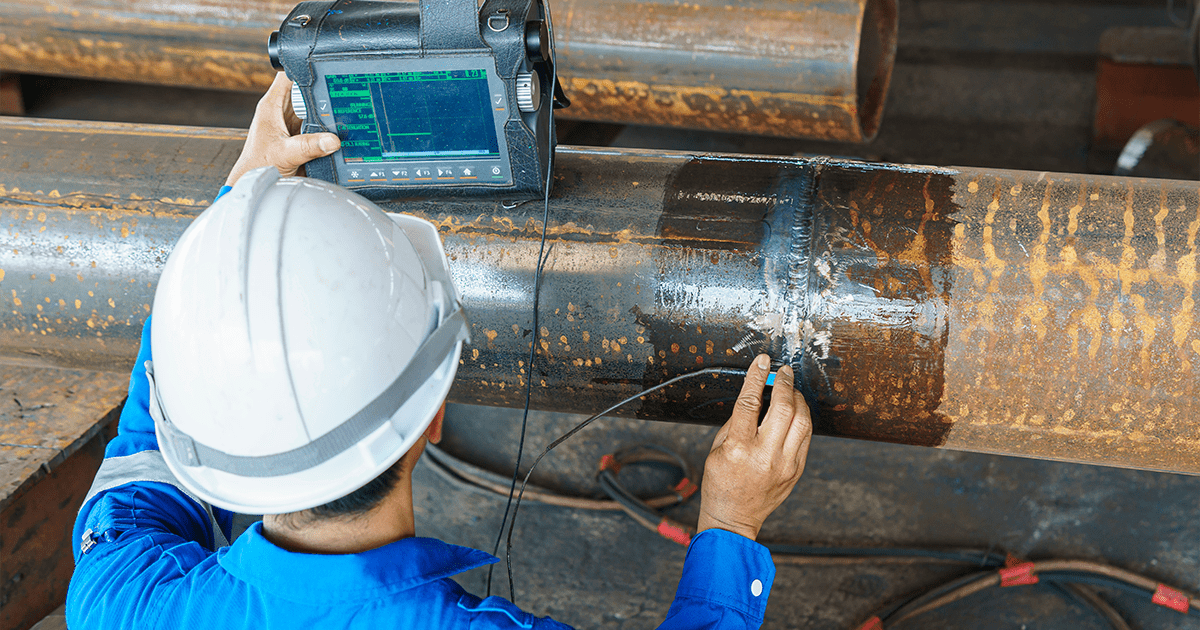
What standards & regulations affect a construction & engineering lab?
Standardized test methods used by construction and engineering laboratories Like other materials testing labs, well-run construction and engineering labs are dependent on standard-based analytical methods developed with the input of the international community. The use of those standardized test methods may be mandated as part of the lab’s efforts towards…
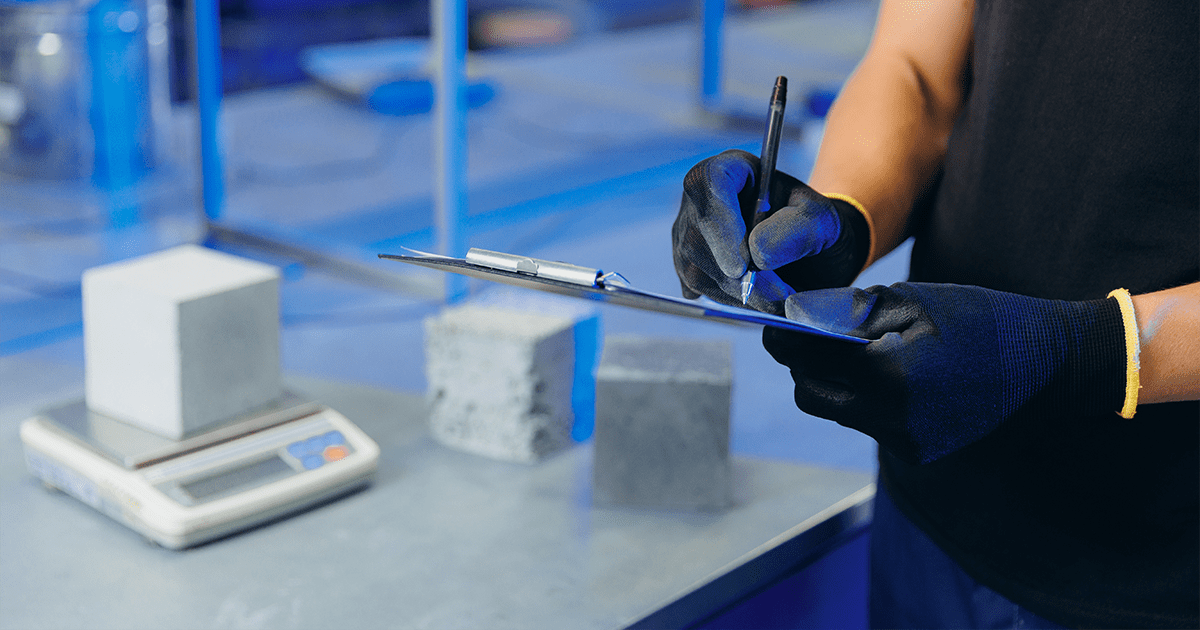
What types of testing occur within a construction and engineering laboratory?
Construction materials and geotechnical testing: The basics Like any other manufactured materials, construction materials such as fasteners, lumber, and adhesives have a certain level of expectation attached to them, that they will be safe to use, of good quality, and will perform in the way advertised by the manufacturer. And…
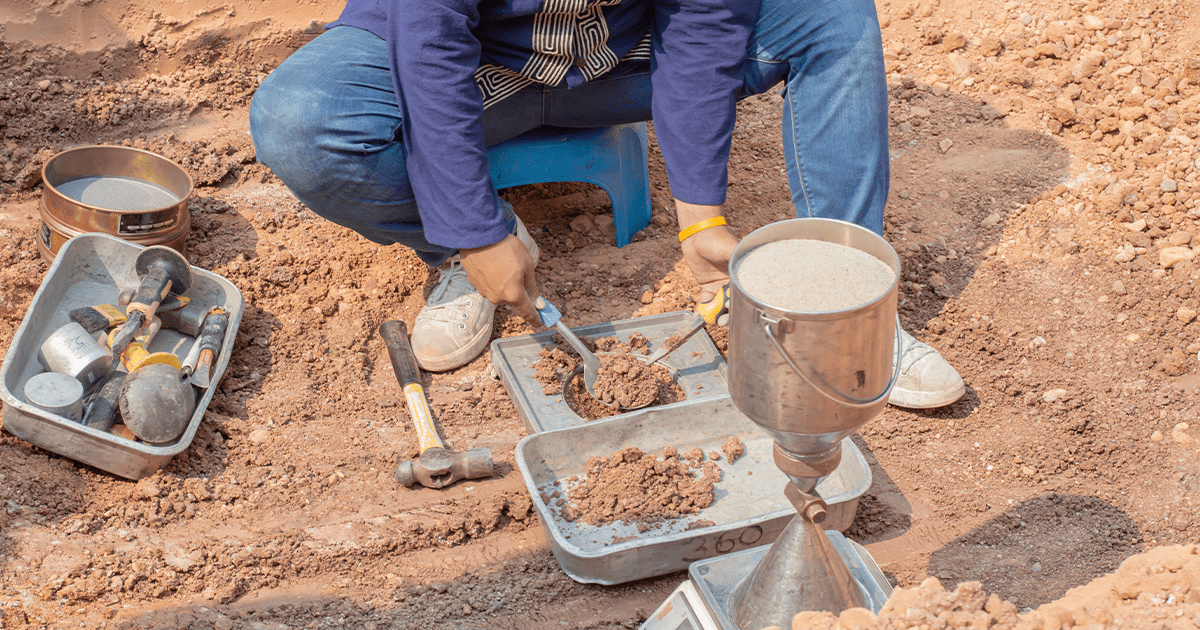
What is the importance of a construction and engineering laboratory to society?
Construction and geotechnical testing From concrete and asphalt to construction site substrates like clay and rock, the proper quality and characterization of construction and engineering materials is critical to a construction project’s long-term success. The importance of perfecting and using quality construction materials dates back millennia, for example to the…
